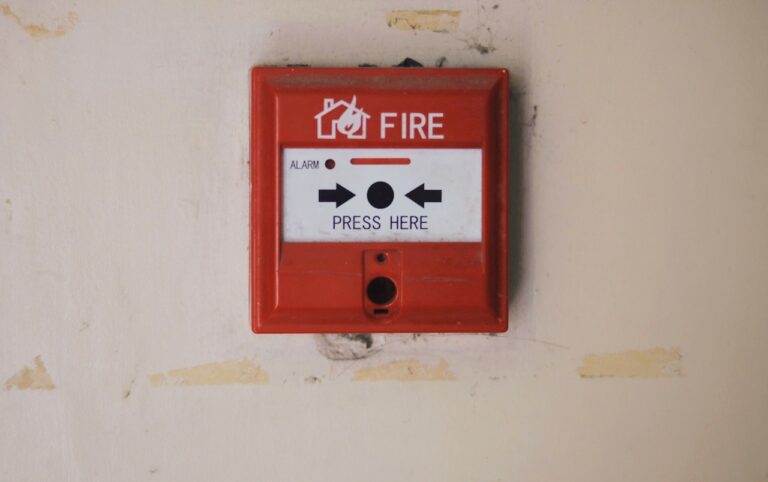There are several ways to detect incidents, but the most important thing has a formal incident response plan. It will help you coordinate and communicate with other departments, suppliers and partners.
Incident management plans must also be linked with disaster recovery, business continuity and crisis management plans. All staff should know the plan, including those who can authorize critical decisions like taking a website offline or customer data off-site.
Detection
Alert management is vital to detecting security threats and enabling efficient responses. In modern security operations centers, tens of thousands to millions of alerts are generated every day and handled by security analysts.
In most cases, alerts result from log files, monitoring tools, error messages, intrusion detection systems, firewalls or other sources that provide data on security events. The goal is to determine which incidents are relevant to the company, its operations, and its users and which require further investigation.
Detection of incidents requires a holistic approach and should include the entire security team, from prevention, detection, and analysis to response. It helps to ensure that no stone is left unturned and the process is managed strategically.
Ideally, the detection stage should take place promptly to enable rapid response. It is essential with critical incidents that can devastate the business and its stakeholders. The ability to quickly detect and contain an incident reduces the risk of productivity loss, system downtime, and costly damage while minimizing the likelihood of re-victimization.
Notification
Once you’ve detected a security event, it’s essential to quickly and accurately notify the appropriate teams of the problem. It would be best if you also alerted them to the proper priority and severity of the event.
To notify teams effectively, you need comprehensive incident response platforms. You need to be able to handle all the different types of incidents that could occur, including website outages, malware infections, and data breaches.
Your incident management software should recognize when an alert is high-priority and escalate it to the team responsible for resolving it. It helps ensure the highest quality of service while preventing unnecessary downtime and cost overruns promptly.
Once you’ve handled an incident, it’s essential to review the overall cause of the attack and learn from any lessons learned. It can help prevent similar attacks in the future.
Triage
An incident response management (IRM) system helps responders triage security alerts to quickly prioritize and resolve the most critical issues. It can also automate data collection and fusion to provide responders with situational awareness and context.
This process aims to minimize the impact and risk of the attack on systems and business operations. It also ensures that all affected systems are restored and operating securely.
This step can be time-consuming, but implementing an incident response plan (IRP) can make the process more manageable. The IRP should include guidelines for roles and responsibilities, communication plans, and standardized response protocols.
It also includes the ability to review lessons learned from previous incidents. These reviews can help teams understand the overall cause of an attack and update their incident response plan with the details they need to avoid similar attacks in the future.
The IRP should also include the ability to communicate with external parties. It is essential if the incident impacts customers or partners, and it can help them maintain trust in your company.
Decision
Managing security alerts is critical for ensuring that business functions are not disrupted, and that data is protected. If a security incident is not handled effectively, it can lead to data breaches, system failures and significant financial losses.
A good incident response management system will proactively identify your response team, optimize your response procedures and track metrics so that you are prepared to respond to incidents when they occur. Battling ransomware or a data breach will save you time and money.
The best incident response teams clearly understand their roles and responsibilities. It will ensure that the people responding to incidents have a clear overview of what they need to do to keep your systems and data secure.
An effective incident commander should be able to command respect and trust from other stakeholders and communicate well with others. They will also need to know how to ask good questions, sort out conflicting information, and be able to decide collaboratively on the next steps in the response process.
Analysis
A variety of sources triggers security alerts. They can be from users noticing problems with their applications or from monitoring systems that alert on unauthorized access.
An incident response management system can detect a threat, triage it, and notify people within the organization to take action. It also provides a means to collect forensic evidence and report on the incident.
In the incident response detection phase, analysts use alerts from security information and event management (SIEM) platforms to triage threats and identify indicators of compromise (IoC). Analysts review alerts, rule out false positives, and determine the severity of the danger.
After an incident, the next step is to remove the threat and restore affected systems to their pre-attack state. It is called eradication and can be done through secondary monitoring.
This step is essential to help organizations learn from the attack and to improve future incident response plans. In addition, it can provide complete documentation for a security breach, which can be used for training and audits.

